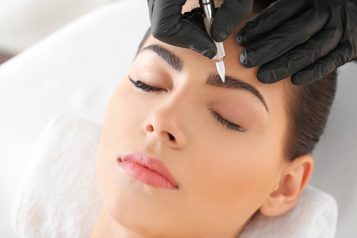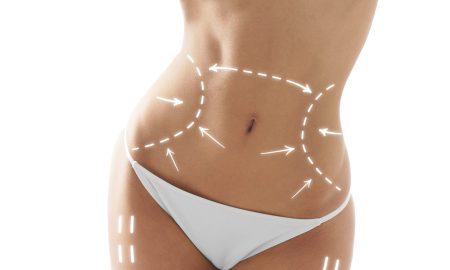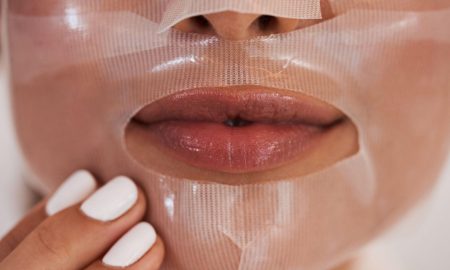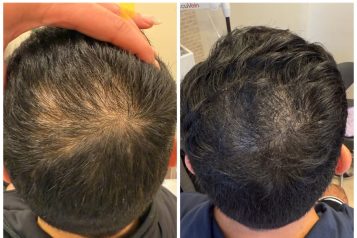 Photo Credit: Courtesy of Lena Nester/ShutterstockWhen most patients think about Botox injections, they link them to forehead wrinkles, laugh lines, and crow’s feet around the eyes. However, Botox can be used to relax almost any muscle area, and “Barbietox” also called “Traptox” is gaining popularity at PURE Aesthetic Center because of its ability to release tension in the trapezoid muscle, which in turn creates a slimmer neck and shoulder line.
Photo Credit: Courtesy of Lena Nester/ShutterstockWhen most patients think about Botox injections, they link them to forehead wrinkles, laugh lines, and crow’s feet around the eyes. However, Botox can be used to relax almost any muscle area, and “Barbietox” also called “Traptox” is gaining popularity at PURE Aesthetic Center because of its ability to release tension in the trapezoid muscle, which in turn creates a slimmer neck and shoulder line.
What is the trapezoid muscle?
The trapezoid muscle, the trapezius or traps is a muscle in the upper back that enables the neck to move and stabilizes the shoulders. It is large and triangular, and it runs the width of the shoulders and horizontally from the skull to the thoracic spine. It is also a magnet for tension caused by strenuous activities, injuries, stress, or poor posture. When it is plagued by tension the muscle can become shortened, tight, and very sore over time. Many patients living with this issue will notice a raised look to their shoulders and a fuller neck area, which gives the illusion of fat deposits where the muscle has actually contracted to protect itself from further harm.
How does Traptox work?
Traptox is a simple procedure that requires a licensed and trained professional to inject a neurotoxin (Botox) into the trap muscle to relieve tight muscles and the pain associated with them. In turn, the muscles release, which gives a slimmer appearance to the shoulders and elongates the neck. It can also be used to reduce the pain of some headaches that may be caused by the tightening of the trap muscle. For those who have undergone Traptox, the pain level is low and has been likened to receiving Botox in other areas of the face and body. While Traptox can help those suffering from pain in the trap muscle, it can also be done purely for cosmetic reasons.
 Photo Credit: Courtesy of metamorworks/Shutterstock
Photo Credit: Courtesy of metamorworks/Shutterstock
How long does Traptox last?
Traptox results last three (3) to five (5) months and can vary depending on the pain level caused by tight traps and how quickly it may return. Each patient’s body responds differently, and a licensed professional will guide patients on the best time to receive additional injections for pain management and aesthetics.
What are the risks associated with Traptox?
As with any cosmetic or aesthetic procedure, there are risks. For those with neuromuscular disorders, a consultation with a specialized physician may be required before receiving Traptox. Asymmetrical shoulders can also occur as well as diminished strength in the trapezoid muscle because the injections may weaken the muscle over time. It is important to have an exercise routine dedicated to strengthening the traps to prevent muscle weakness.
For more information, visit Dr. S. Alexander Earle's social media:





















